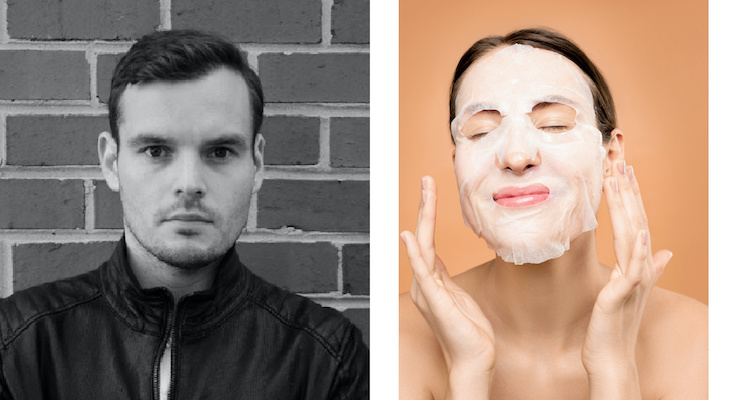Sampo Parkkinen10.12.20
Covid-19 has upended many facets of the retail ecosystem with ecommerce and mobile taking what is presumed to be a decade's leap forward, forcing beauty retailers to re-evaluate the in-store shopping experience and how to best market their products to consumers. This has both created new beauty preferences, and accelerated trends that were emerging prior to the pandemic.
As such, Covid-19 has made way for the increased purchase of in-house, private label brands, the amplification of the skincare category and the use of virtual product try-on for recommendations versus in-store beauty consultants.
Private Label Prevails
Before the pandemic, private label beauty brands were already on the rise across retail categories. This has only increased, as more consumers have shifted the way they spend due to financial constraints, new buying journeys or preferred products being out-of-stock.
There is a clear divergence of purchase power that is driving consumers to turn from middle-of-the-pack brands to private label brands that are generally cheaper and available for purchase. With this shift, retailers are better able to engage with shoppers on personalized and targeted efforts matching their buying habits and gaining their loyalty.
Many consumers also perceive that these products offer the same, if not better experiences, than their previous brands. In makeup and skincare specifically, 66% of consumers had a better experience with a private label brand. With consumers reporting better experiences for less, the shift to private label makes even more sense.
Skincare in the Spotlight: Masks Driving Masks
Similarly, for skincare, there were already indications that the category was growing as The NPD Group reported a sales jump in Q1 2019 to $1.4 billion.
But the shift to work-from-home, social distancing and mask wearing has fully amplified the growth we were already seeing. This has impacted not only the desire or need to wear makeup, but the way consumers value the products they are buying, as daily routines have drastically changed. Rather than spending money on a luxury mascara, consumers are more apt to splurge on a new skincare mask treatment that will help with face-covering mask-associated acne or dry skin.
Digital as a Driver
And though we know virtual-try on capabilities were on the rise prior to the pandemic, they are the tip of the iceberg of digital solutions and services that gained popularity already before the pandemic. Going digital is now table stakes for brands and retailers to compete as many stores remain shuttered or face rolling operational or capacity issues.
In-store consultants will transition to more of an assistant role. As the pandemic remains rampant, consumers will be more hesitant to physically try on products and find comfort in the ability to virtually try on in-store or at home. This trend will also continue post-pandemic, as consumers find that it is better and more efficient to use virtual try-on offerings.
While some prior shopping habits might return to “normal” in the coming months, most consumers will realize they can have a similar experience to in-store shopping from the comfort of their home—especially tech-enabled retailers, brands and ecommerce providers offering easy-to-use digital diagnostics, try-on and product recommendation tools. Brands and retailers that quickly pivot during this time will find success with consumers now and in the long-term.
The beauty industry was already in the process of radical transformation. With COVID-19 still impacting the industry, expect further acceleration of these trends in the months to come.




























